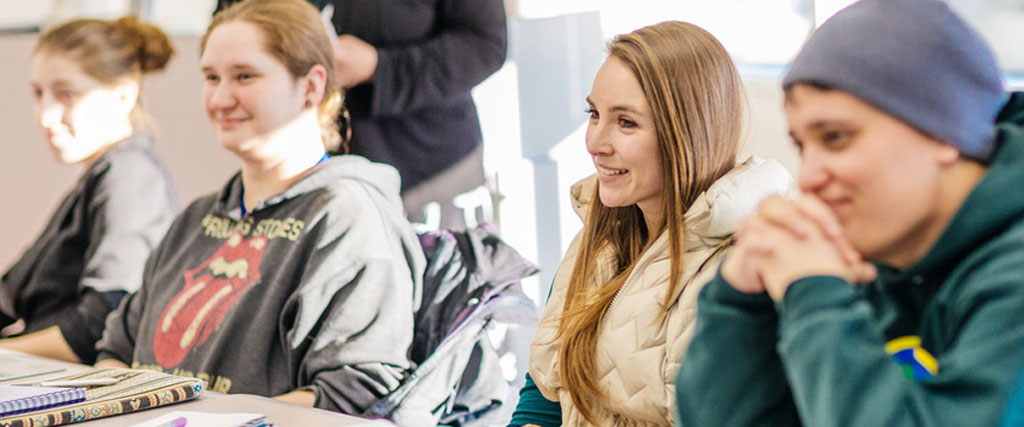
The Ultimate Guide to MMA Betting in the Philippines for Beginners
2025-11-01 10:00
Let me be honest with you from the start—when I first dipped my toes into MMA betting here in the Philippines, I was overwhelmed. The adrenaline rush of watching a fight is one thing, but putting your money where your excitement is? That’s a whole different ball game. Over the years, I’ve learned that betting on mixed martial arts isn’t just about picking the fighter you like; it’s about understanding the nuances, the conditions, and yes, even the technical limitations that can influence outcomes. It reminds me of a piece of critique I once read about a gaming headset—how shadows lacked density, lighting felt less immersive, and visual clarity suffered, making the experience fuzzier and less engaging. In many ways, beginner bettors often step into the arena with a similarly blurry view. They see the big names, the highlight reels, but miss the finer details that separate a smart wager from a reckless one.
Take the local scene here in the Philippines, for example. We’re a nation passionate about combat sports—Manny Pacquiao didn’t become a national icon by accident. But MMA, especially with the rise of organizations like the UFC and ONE Championship, has carved its own niche. Still, I’ve noticed that many newcomers dive in without grasping the full picture. They might focus solely on a fighter’s record or a catchy nickname, ignoring factors like fight camp conditions, weight cuts, or even how a fighter performs under specific lighting and arena setups. It’s like watching a visually compressed version of a blockbuster movie—you get the gist, but the immersion isn’t there. In betting, that lack of immersion can cost you. I recall one event where a highly-touted local fighter lost partly because the venue’s humid conditions affected his stamina—a detail casual observers often overlook.
Now, let’s talk about the practical side. The Philippine betting market has grown significantly, with an estimated 15-20% annual increase in MMA wagers over the past three years, according to industry insiders. Of course, that’s a rough figure, but it highlights the trend. When I started, resources were scarce. Today, platforms like Bet365 and local options such as PhilBet offer accessible avenues, but they come with their own quirks. For instance, I’ve found that live betting—placing wagers as the fight unfolds—requires sharp reflexes and a stable internet connection. It’s akin to the critique of a gaming headset struggling to render a Xenomorph’s menacing emergence from the shadows; if your setup can’t handle the load, the moment loses its impact. Similarly, if your betting app lags during a critical submission attempt, you might miss a golden opportunity. Personally, I lean toward pre-fight analysis because it allows me to digest stats, watch tape, and consider variables like a fighter’s recent performance dip or strength of schedule.
But here’s where many beginners stumble: they treat betting like a lottery. In reality, it’s a blend of art and science. I always emphasize bankroll management—never risk more than 5% of your betting fund on a single fight. Why? Because even the most promising picks can fall short. I remember a bout last year where a underdog won via split decision, and those who’d chased the odds without proper research lost big. It’s a lesson in humility. On the flip side, understanding prop bets—like method of victory or round totals—can open up lucrative avenues. For example, betting on a fight ending in the first round might offer odds of +300 or higher, but it requires insight into a fighter’s aggressive tendencies. I’ve had my share of wins here, like correctly predicting a knockout in under two minutes based on a fighter’s camp changes.
Another aspect I’m passionate about is the cultural context here. Filipinos are resilient and savvy, traits that translate well into strategic betting. Yet, I’ve seen friends get swayed by hype, much like how a compromised visual experience can dampen the thrill of a horror game. If the details are muddled—say, a fighter’s recent injury isn’t widely reported—the bet becomes a gamble in the worst sense. That’s why I advocate for using multiple sources: expert analyses, fighter interviews, and even social media cues. In one instance, a fighter’s Instagram post about a tough weight cut tipped me off to avoid betting on him, saving me a potential loss. It’s these subtle layers that enrich the experience, turning it from a fuzzy guess into an informed decision.
Of course, no guide would be complete without addressing the risks. Betting should be fun, not a path to financial strain. I’ve made mistakes early on, like chasing losses or overestimating a favorite’s chances. It’s a common pitfall, reminiscent of how a weakened atmosphere in media can make encounters feel less impactful. In MMA betting, if you’re not careful, the excitement fades into frustration. But with discipline—setting limits, taking breaks, and learning from each bet—you can build a rewarding hobby. I now keep a journal tracking my wagers, which has improved my accuracy by around 30% over two years. Again, that’s my personal estimate, but it underscores the value of reflection.
In wrapping up, I’d say that MMA betting in the Philippines is as dynamic as the sport itself. It demands attention to detail, a willingness to learn, and an appreciation for the unpolished edges that make each fight unique. Just as a high-quality headset can transform a gaming experience, a well-researched approach can turn betting from a blurry venture into a sharp, engaging pursuit. So, take your time, enjoy the journey, and remember—every bet is a chance to learn something new. Whether you’re watching from Manila or Cebu, the key is to see beyond the surface and immerse yourself in the story unfolding in the cage.

